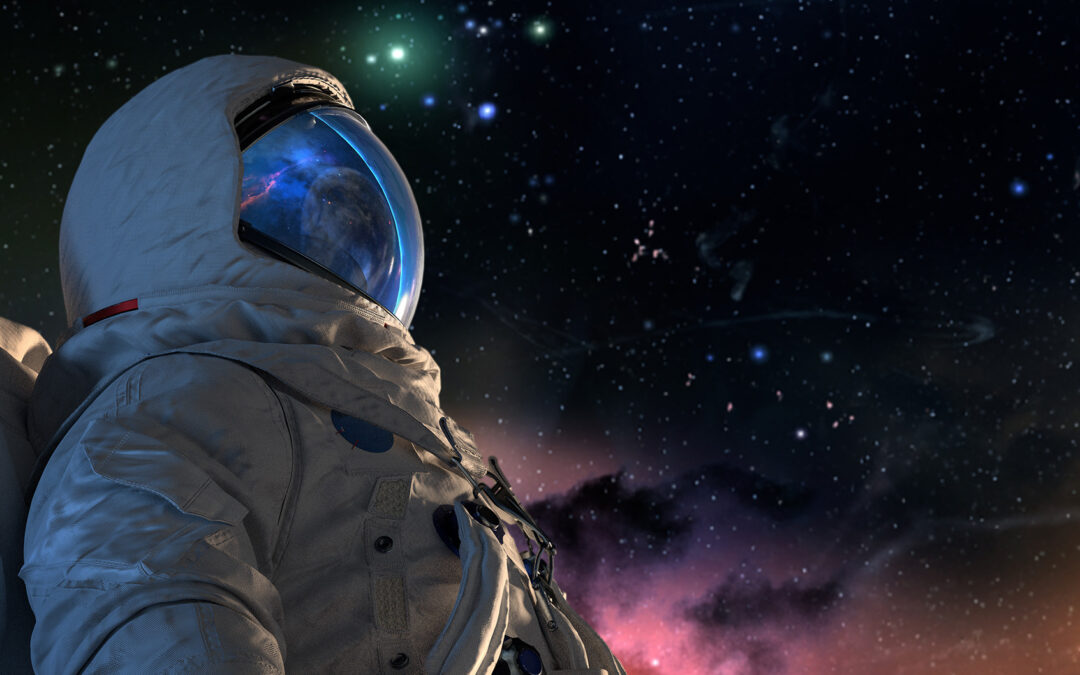By Joe Chan, Chairman, The Space Data Association
Towards the end of this year, I was named Chairman of the Space Data Association, taking Intelsat’s turn to hold the reins. I am really just getting started but have some big shoes to fill from the outgoing Chairman, Pascal Wauthier of SES, who has worked extremely hard over the last few years to further the SDA’s mission.
2022 has been a somewhat eventful year for Space Traffic Management and Space Situational Awareness, however not always for good reasons.
The Bad
The two reported incidents relating to the last Russian anti-satellite weapon test (ASAT) attracted a lot of media attention. First, there was a near miss that took place at the beginning of the year between debris from the Russian ASAT and a Chinese satellite. Next, the International Space Station had to complete an avoidance manoeuvre because of debris from the same ASAT. These incidents have raised awareness around the issue of space debris and safety, at all levels.
There has also been quite a bit of concern around increased activity in LEO. This has only served to highlight how important effective regulation is if we are to better manage space debris and make space flight safer.
The Good
On a brighter note, it’s been great to see some positive governmental action over the course of the year. First, the United States made the welcome announcement that it is committed to not carrying out destructive, direct-ascent anti-satellite testing. Hopefully, other countries will follow suit in the not too distant future.
Secondly, the US government announced its new strategy which includes a whole host of measures for making space more sustainable. We are particularly excited to work with the US Department of Commerce’s Office of Space Commerce as part of its pilot project to provide mission assurance spaceflight safety to select spacecraft in the Medium Earth Orbit (MEO) and Geosynchronous Earth Orbit (GEO) regimes. We look forward to working alongside several commercial Space Situational Awareness firms, including COMSPOC, ExoAnalytic Solutions, Kayhan Space, KBR, Inc. , NorthStar Earth & Space, and Slingshot Aerospace, to support real-time civil spaceflight safety functions. We hope that this pilot paves the way to a strong future collaboration between government and commercial operators for improved safety of flight for the entire community.
Thirdly, the newly adopted FCC orbital debris order was announced. It marks a significant departure from the current 25 year rule. By reducing this time period to 5 years for LEO, and also by encouraging disposal as soon as possible before that, the orbital population of post-mission satellites will be reduced. I’m confident that these combined actions will help to improve flight safety.
We are also excited to be working with COMSPOC on a number of updates to the Space Data Center. The new platform will improve the services by taking advantage of new technologies and mechanisms, without increasing costs to members.
Getting back out there
Being an advocate for satellite operators and the operational work handled by the SDA is absolutely critical to space safety. At the same time, one of the strengths for SDA is its membership: the more members we have, the better we can leverage our position to impact changes, the more resource sharing and the safer we can make the space environment. This is one of the reasons why it was so nice to be able to get back out to events after two years’ hiatus. In a bid to promote space safety awareness and reach out to new members, we facilitated an open event at SATELLITE 2022 to raise awareness of, and to promote the SDA. Our AGM took place in the Summer, and we had the opportunity to work together with COMSPOC to deliver a Flight Dynamics for members.
We also presented the second T.S Kelso Award for Space Safety, an award setup to honour T.S. Kelso, who has contributed such a large amount to improving safety throughout his illustrious career. This year, the award was presented to Dr Holger Krag of the European Space Agency (ESA), in recognition of his outstanding contributions to space flight safety. The TS Kelso award celebrates and acknowledges substantial, innovative, long-term and practical contributions to the advancement of space safety and the preservation of the space environment.
Looking ahead to 2023
It’s clear that the industry is facing some difficult times ahead as space becomes ever more crowded and complex. False alerts are set to get more frequent as the number of space objects and debris increases. This will impact on operator workloads, particularly those with satellites that manoeuvre often. Actionable and reliable estimation of the Probability of Collision will become increasingly important, and precise data exchange will be vital for safe space operations and for operators to avoid unnecessary and costly manoeuvres.
The industry needs better tools and mechanisms if it is to establish effective Space Traffic Management. We need a much more unified approach, as well as action and coordination at governmental and state level around Space Situational Awareness. We will hopefully see progress with this as the US Department of Commerce develops improved SSA capabilities and exchanges. We will also continue to hold discussions with EUSST regarding their capabilities and SDA requirements.
As we head into 2023, I look forward to further developments in the field of STM and SSA, and to continuing to work with all of the SDA members to drive forward and improve space safety and space sustainability.

